Introducing the four fundamental forces of nature that describe (nearly) everything going on in our universe. This clip is taken from the Shots In The Quark T…
Get the latest international news and world events from around the world.

A simple mouth rinse could spot early heart disease risk
What if we could identify the earliest warning signs of cardiovascular disease from a simple saliva sample? Scientists think they have found a way to do so. Gum inflammation leads to periodontitis, which is linked with cardiovascular disease.
The team used a simple oral rinse to see if levels of white blood cells —an indicator of gum inflammation —in the saliva of healthy adults could be linked to warning signs for cardiovascular disease. they found that high levels correlated with compromised flow-mediated dilation, an early indicator of poor arterial health.
“Even in young healthy adults, low levels of oral inflammatory load may have an impact on cardiovascular health—one of the leading causes of death in North America,” said Dr. Trevor King of Mount Royal University, corresponding author of the study published in Frontiers in Oral Health.

Amazon’s sends email scolding employees for not coming to the office—even though they did
In the latest development to Amazon’s RTO saga, the tech giant sent an email Wednesday scolding employees for not adhering to a new policy mandating they come into the office at least three days a week.
“We now have three months under our belt with a lot more people back in the office, and you can feel the surge in energy and collaboration happening among Amazonians and across teams,” the email reads. “We are reaching out as you are not currently meeting our expectation of joining your colleagues in the office at least three days a week, even though your assigned building is ready. We expect you to start coming into the office three or more days a week now.”
The only problem: Some of the employees who received the email say they’ve been coming in as requested, Insider first reported.
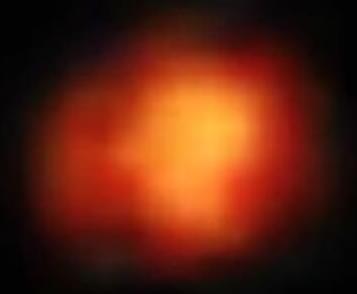
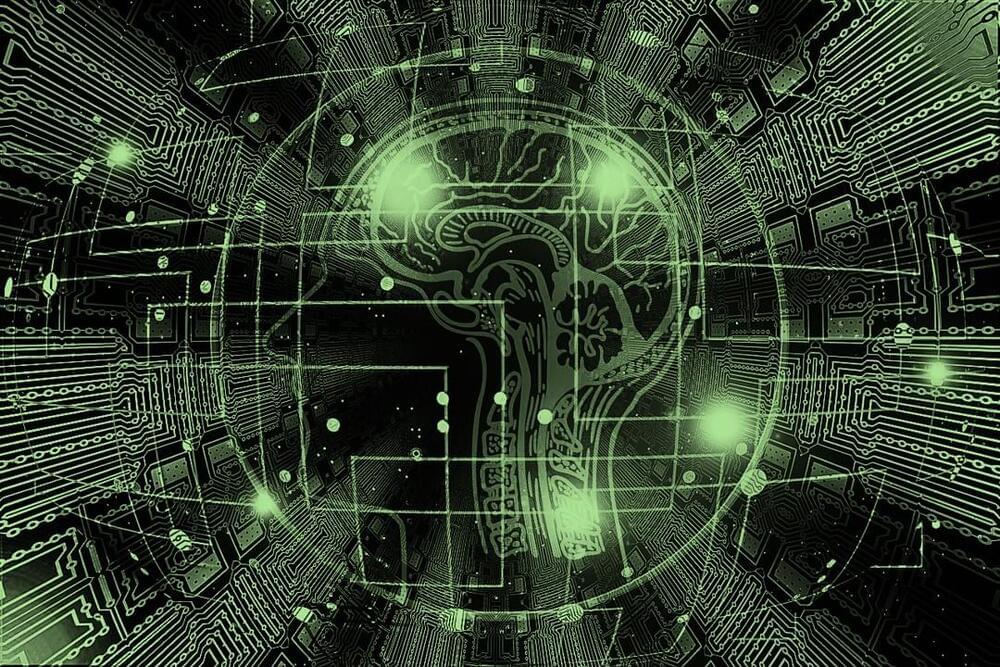
‘Brain-like’ Chip May Be the Future of Greener AI
This post is also available in:  עברית (Hebrew)
עברית (Hebrew)
With the rise of artificial intelligence technology, many experts raised their concerns regarding the emissions of warehouses full of the computers needed to power these AI systems. IBM’s new “brain-like” chip prototype could make artificial intelligence more energy efficient, since its efficiency, according to the company, comes from components that work in a similar way to connections in human brains.
Thanos Vasilopoulos, a scientist at IBM’s research lab spoke to BBC News, saying that compared to traditional computers, “the human brain is able to achieve remarkable performance while consuming little power.” This superior energy efficiency would mean large and more complex workloads could be executed in low-power or battery-constrained environments like cars, mobile phones, and cameras. “Additionally, cloud providers will be able to use these chips to reduce energy costs and their carbon footprint,” he added.
Why Many Researchers Now See the Brain as a Quantum System
😗😁 Year 2022
Quantum processes are helpful to know about when we hear a gimcrack new theory that dismisses or explains away human consciousness. We know it can’t just be that simple.
You may also wish to read: Researchers: The brain’s claustrum acts as a router for thoughts Francis Crick thought the claustrum might be the “seat of consciousness,” an inherently materialist concept. The researchers think he was wrong. Of course, seeing the claustrum as a router is more consistent with the immaterial nature of consciousness than seeing it as a seat.
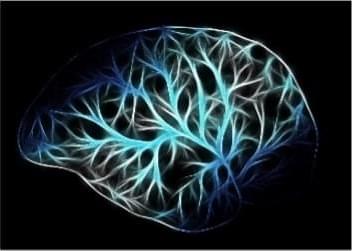
Immune Checkpoint Inhibitor Demonstrates Significant Glioblastoma Regression
Glioblastoma is a fast-growing and aggressive brain tumor. As one of the most common malignant brain tumors, life expectancy after diagnosis is between 14 and 16 months. Roughly 1% of patients survive more than ten years with the longest patients living over 20 years. Symptoms include headaches, double vision, vomiting, loss of appetite, changes in mood and personality, inability to accurately think and learn, seizures, and difficulty speaking. Unfortunately, there is no cure, and treatment options include radiation and chemotherapy with limited efficacy. Glioblastoma is difficult to treat due to its location in the brain, its resistance to common treatment, the brains limited ability to heal itself, disrupted blood supply, blood vessel leakage, seizures, and neurotoxicity from treatments. Due to limited treatment and the life expectancy of this devastating disease, researchers at the SALK Institute in La Jolla, California have set out to find better ways to treat glioblastoma and prolong survival in patients.
Immune checkpoint inhibitors (ICIs) are a form of immunotherapy that block receptors on immune cells which activate them to kill tumor cells. The ICI using by the SALK group is known as anti-CTLA-4, which binds to the CTLA-4 protein on the T immune cells responsible for killing infected cells. This therapy was generated by Dr. James Allison at the MD Anderson Comprehensive Cancer Center in Houston, Texas. For his work, he was awarded the Nobel Prize in Physiology or Medicine in 2018. While this therapy proved effective in other cancers such as melanoma, it was unclear its effect in glioblastoma. The researchers at SALK recently published their findings on the effect of anti-CTLA-4 on glioblastoma.
The study published in Immunity by Dr. Susan Kaech and colleagues at SALK demonstrated prolonged survival of mice with glioblastoma after treatment with anti-CTLA-4. They also discovered that the treatment was largely dependent on CD4+ T cells, which aid in activating other cells, and not CD8+ T cells, which directly kill the tumor. More specifically, CD4+ T cells were found to infiltrate the brain and trigger other immune cells, like microglia to destroy cancerous cells. In Kaech’s work, the lab significantly shrunk the glioblastoma in mice and in some cases completely eradicated it.
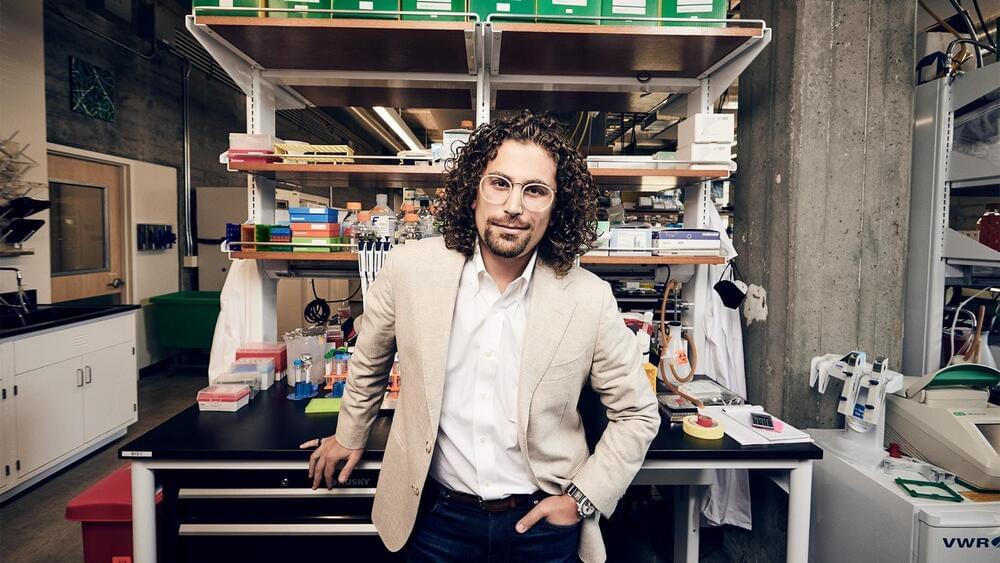
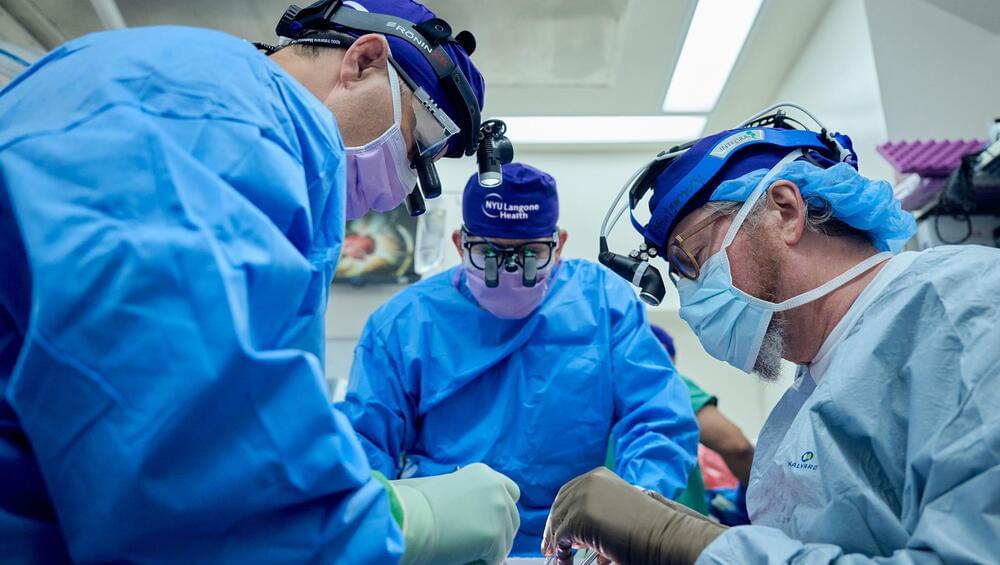

AI Avatars Help Autistic People Hone Social Skills On Demand
Autistic individuals will soon be able to practice and improve their social skills through realistic conversations with avatars powered by generative AI technology.
Autism is a developmental disorder that affects how people interact and communicate, often hindering diagnosed individuals in social situations. In many cases, autistic individuals struggle to initiate conversations, respond to the initiations and non-verbal cues of others, maintain eye contact, and take on another person’s perspective.
The web-based Skill Coach application developed by Israeli startup Arrows lets users engage in conversations in a variety of scenarios – from chatting with a stranger in a café to making small talk with a work colleague.